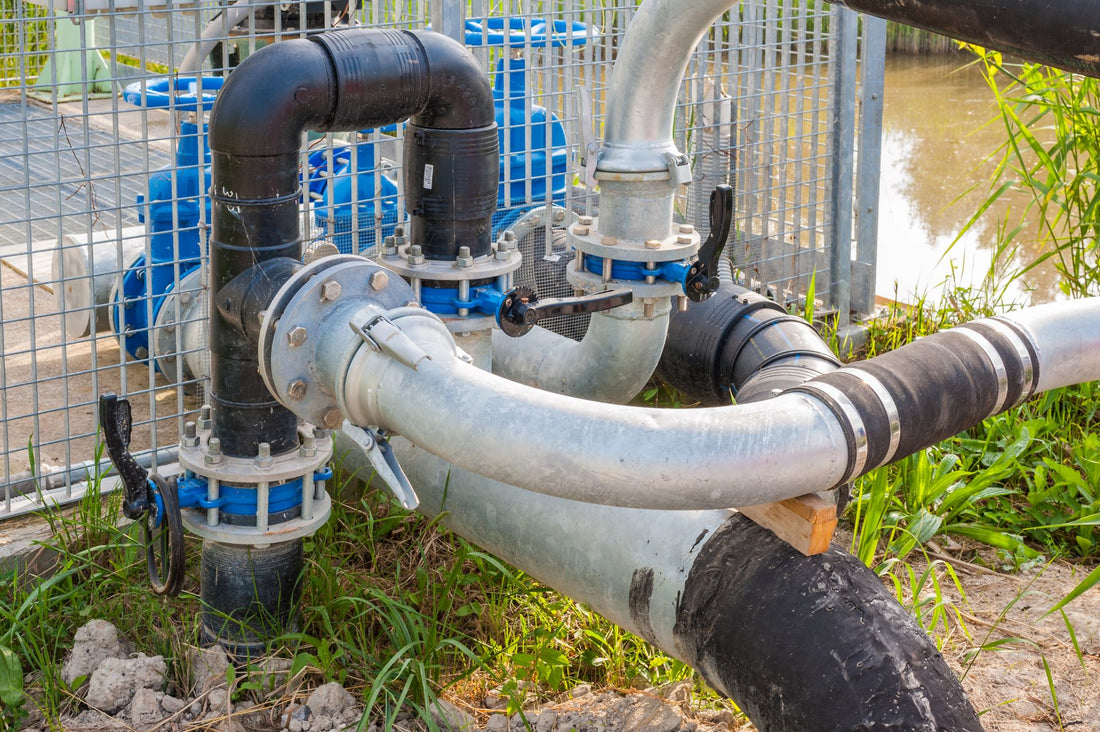Installing a new lake pump on your property can seem daunting, but with the right guidance and tools, it can be a straightforward process. As experts in lake and river lawn irrigation systems, we know how essential it is to select the right pump that meets the specific needs of your lakeshore property. The goal is to enhance water management and maintain the beauty and usability of your waterfront.
The first key step in this journey is to determine the type of pump that best fits your property's size, the water source, and the environmental characteristics. Choosing the right pump not only optimizes your irrigation efforts but also maximizes efficiency, saving you time and resources in the long run. It’s essential not only to consider the pump's capacity but also to ensure it's suited for the type of water body you are dealing with, whether it's a tranquil lake or a flowing river.
Next, gathering the necessary tools and materials before starting the installation process is crucial to avoid interruptions. Knowing exactly what you’ll need makes the installation process smoother and quicker. Once you have everything in place, following a step-by-step guide will help manage the installation efficiently, ensuring your new lake pump operates effectively and reliably to maintain the aesthetic and ecological balance of your lakeside haven.
Choosing the Right Lake Pump for Your Needs
Choosing the right lake pump requires understanding your specific needs and the unique characteristics of your property. The efficiency of your irrigation system hinges on finding a pump that can handle your landscape's layout and the water requirements of your lakeshore. First, assess the size of your property and the amount of water you need to move. Larger areas with extensive irrigation needs will require pumps with higher flow rates and more power.
Next, consider the source of the water. If your pump will be drawing water directly from a lake or river, ensure the pump you choose can handle the potential intake of sediment and weeds without clogging. For deeper water sources, a submersible pump might be the best option as it sits below water and is generally more robust against debris. On the other hand, if your water source is shallow, a surface pump could be more appropriate. These considerations will help guarantee that the pump capacity perfectly aligns with your irrigation needs and environmental conditions.
Tools and Materials Needed for Installation
Before starting the installation process, gathering all the necessary tools and materials will ensure that the setup goes as smoothly as possible. Here’s a simple list of what you'll typically need:
- Adjustable wrenches - for tightening and adjusting various components.
- Screwdrivers - both flathead and Phillips-head for different types of screws.
- Teflon tape - to seal threaded fittings and prevent leaks.
- Pipe cutters - for cutting pipes to the required lengths.
- Sledgehammer - for driving stakes into the ground if mounting the pump.
- Level - to ensure your pump is installed completely level for optimal operation.
- Primer and PVC cement - if your installation includes PVC piping, these materials are necessary for securing pipe fittings.
Additionally, make sure you have all personal protective equipment, such as gloves and safety glasses, to protect yourself during the installation. Having these tools and materials ready will not only save time but also prevent mid-process runs to the hardware store, allowing for a smoother and faster installation.
Step-by-Step Installation Process
Installing your new lake pump is a crucial step to ensuring the effective management of water flow across your property. Begin by locating the ideal site where the pump will be placed. This location should be close enough to the water source to maintain optimal function while also avoiding flood-prone areas. Once the site is selected, use a level to ensure the ground is even, as a stable base is critical for preventing mechanical issues.
Next, secure the pump according to the manufacturer's instructions. This usually involves placing the pump on a solid base, such as a concrete pad, and connecting it to the necessary pipes and power supply. For submersible pumps, carefully lower the pump into the water, ensuring it is securely placed and that all connections are waterproof. After the physical setup, prime the pump (if required) to remove air from the system, then carry out a test run. This process helps identify leaks or other issues before the system is fully operational.
Tips for Maintaining Your New Lake Pump
Maintaining your lake pump is essential to prolong its lifespan and optimize its performance. Regular checks are crucial; examine the pump at least quarterly for signs of wear or damage. Clean any filters as recommended by the manufacturer and check for pipe obstructions to prevent decreased efficiency or damage.
Furthermore, keep an eye on the pump's operation. If you notice any unusual noises or a drop in performance, it might indicate a need for repairs. Seasonal inspections are particularly important as changes in weather, such as freezing conditions or high rainfall, could affect the pump’s function.
Proper maintenance isn’t just about fixing problems as they arise—it's about preventing them in the first place. Establishing a routine check-up schedule is an excellent way to ensure your irrigation system continues to function seamlessly.
Conclusion
Implementing these steps will significantly improve your lakeshore property's aesthetic and utility. Our dedicated team is available to provide further assistance and answer any questions you may have about installing and maintaining your lake pump.
Explore our complete lake pump irrigation system solutions and discover how we can help you create the perfect lakeshore retreat. Visit BeachGroomer today and take the first step in transforming your waterfront property.

